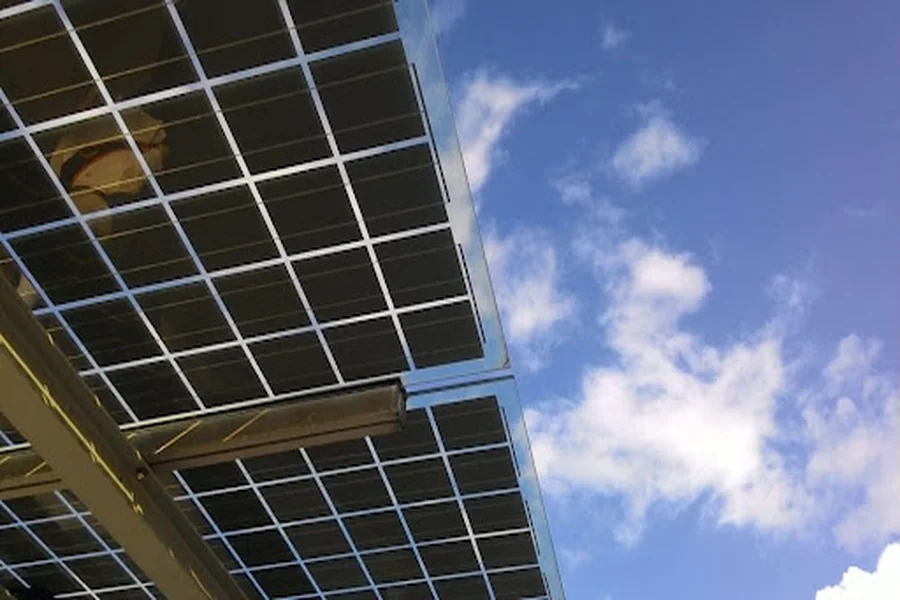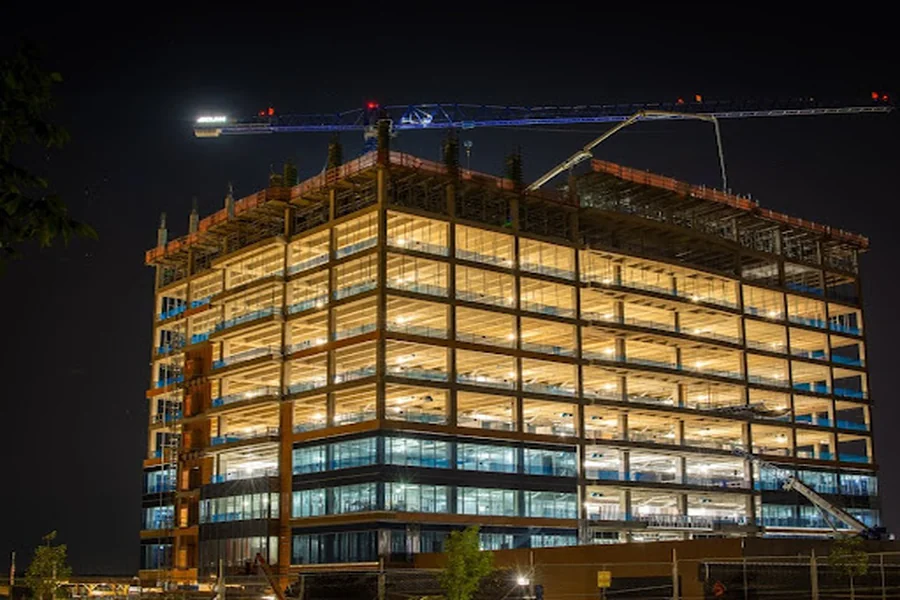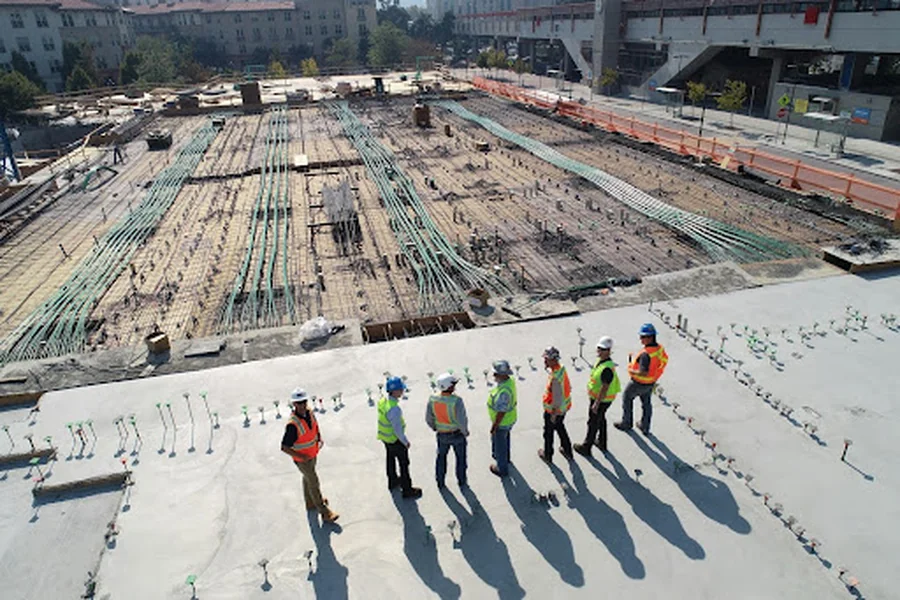The construction industry is transforming significantly in today’s world, where climate change and environmental sustainability dominate discussions. Sustainable building practices are not just a trend—they’re a necessity. Sustainable construction materials are at the forefront of this change, from reducing carbon footprints to improving energy efficiency. One such material, hempcrete, stands out as a game-changer. Below, we will explore what makes hempcrete an ideal choice for sustainable construction and delve into its many benefits.
Understanding the Basics of Sustainable Building

Sustainable building is more than just using eco-friendly materials; it’s a holistic approach to creating structures that minimize environmental impact while maximizing efficiency. Hempcrete, a lightweight biocomposite material, has emerged as a star player in this field. Made from a mix of hemp hurds (the woody core of the hemp plant), lime, and water, hempcrete is a natural, renewable material ideal for eco-conscious projects. It serves as an excellent insulator, helping regulate indoor temperatures without the need for excessive energy use.
What sets hempcrete apart is its ability to create healthier living spaces. Unlike traditional building materials, hempcrete is breathable, which helps control a structure’s moisture levels. This reduces the risk of mold growth and promotes better air quality. Its natural composition is also free of harmful chemicals, making it a safer choice for occupants and the environment.
A significant advantage of hempcrete is its carbon-negative property. During growth, hemp plants absorb large amounts of atmospheric carbon dioxide. When processed into hempcrete, this absorbed carbon is locked away, effectively reducing greenhouse gases. This makes hempcrete an invaluable tool in the fight against climate change, particularly for those seeking to reduce the carbon footprint of their construction projects.
Bulk Hemp Warehouse’s hempcrete guide is an excellent resource for anyone interested in integrating hempcrete into their projects. They provide high-quality hemp materials, including hemp hurds and fibers, to support sustainable construction efforts. These premium products ensure that builders can maintain the integrity and efficiency of their eco-friendly projects while adhering to sustainable principles.
Innovative Materials for Eco-Friendly Construction

The construction industry is evolving rapidly, with innovative materials taking center stage in sustainable building projects. Hempcrete is one such material that perfectly embodies the principles of eco-friendly construction. It combines practicality with environmental consciousness, offering builders a versatile option that meets modern demands without sacrificing sustainability.
Another key feature of hempcrete is its adaptability. Unlike many conventional materials, hempcrete can be used for various construction purposes, including walls, insulation, and floors. Its lightweight nature makes it easy to work with, reducing labor costs and construction time. Moreover, hempcrete is a renewable resource, unlike finite materials such as concrete or steel, because it’s plant-based.
Sustainability also extends to hempcrete’s production process. Hemp plants proliferate and require minimal water and pesticides, making their cultivation exceptionally eco-friendly. The resulting hempcrete doesn’t rely on energy-intensive manufacturing methods when processed into hemp hurds and combined with lime. This ensures a lower environmental impact throughout the material’s lifecycle.
For builders looking to maximize sustainability, hempcrete pairs well with other eco-friendly materials. For instance, recycled wood, bamboo, or solar panel integrations can complement hempcrete structures, creating holistic green projects. This collaborative approach allows architects and developers to design buildings that meet stringent environmental standards while remaining aesthetically pleasing and functional.
Designing for Energy Efficiency and Environmental Impact
Energy efficiency is a cornerstone of sustainable construction, and hempcrete excels in this area. Its natural thermal insulation properties help regulate indoor temperatures, reducing the reliance on heating and cooling systems. This lowers energy bills and decreases the building’s overall environmental footprint, making hempcrete an attractive option for residential and commercial projects.
Beyond insulation, hempcrete contributes to environmental impact reduction in unexpected ways. Its breathability allows it to manage indoor humidity levels naturally, reducing the need for energy-intensive ventilation systems. This characteristic ensures that homes and buildings maintain a comfortable climate with minimal intervention, enhancing energy efficiency.
Another aspect of energy-efficient design is considering the material’s lifecycle. Hempcrete is biodegradable, which means it won’t contribute to landfill waste at the end of its use. Instead, it can return to the earth without leaving behind toxic residues. This aligns perfectly with the principles of circular construction, where materials are reused, recycled, or naturally decomposed.
Finally, incorporating hempcrete into building designs sends a powerful message about the importance of sustainable practices. It showcases a commitment to innovation and responsibility, inspiring others in the industry to follow suit. By adopting hempcrete, developers and architects can be at the forefront of the green building movement, paving the way for a more sustainable future.
Altogether, hempcrete exemplifies the future of sustainable construction by combining environmental benefits with practical functionality. As the demand for eco-friendly solutions grows, embracing materials like hempcrete will be essential for creating a greener, more energy-efficient built environment.

